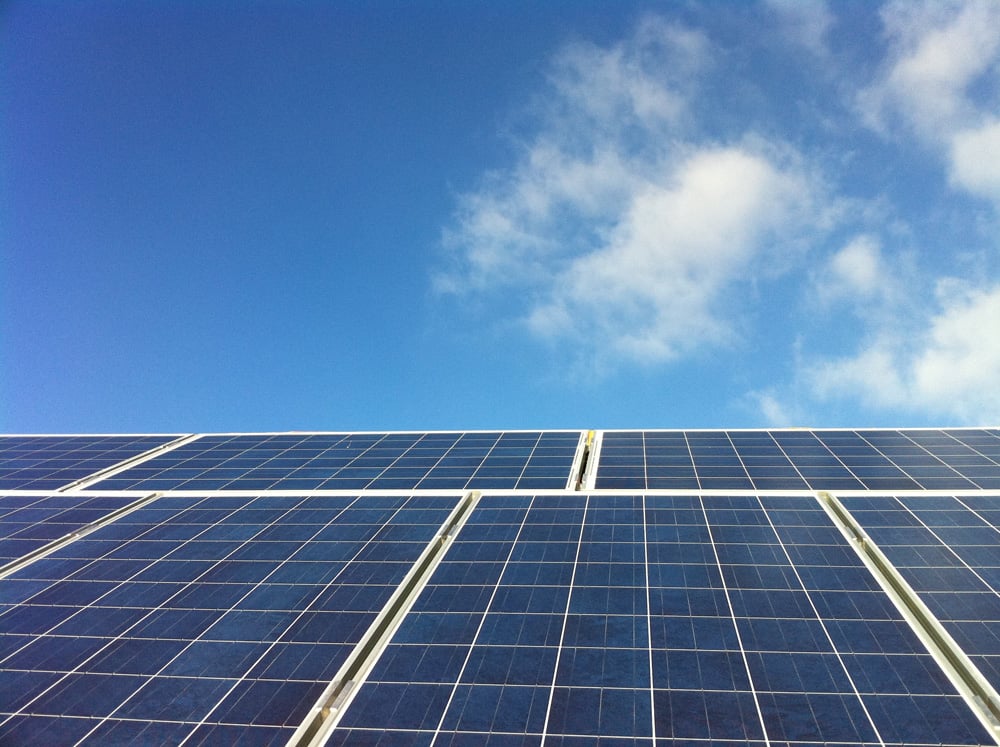
RenEnergy has begun construction on a 1.9MW PPA project in Norwich which is likely to be one of the last to be supported by ROC accreditation, with the developer already looking at post subsidy PPA models.
Briar Chemicals is expecting to make significant savings on its energy bills after signing a 25 year power purchase agreement (PPA) to take energy from the new project, to be built adjacent to the Norwich plant.
It will produce around 1.8GWh of energy a year, of which over 70% will be consumed on site. This will be purchased from RenEnergy at a 10% discount from grid rates of energy under a ‘tracker’ PPA structure.
This will allow Briar Chemicals to track the market rate for power across the term of the contract and update the PPA unit price accordingly. This is intended to counteract any drops in energy prices, ensuring the company never pays more for its green energy than the cost of energy from the grid.
RenEnergy offers this form of PPA in addition to the more standard fixed rate model as, according to sales director Tom Lloyd, some financial officers take a short term view over energy prices.
“What we've found with some of the financial controllers at these [firms] is that when fixing into a deal, they're worried that they might be able to get some sort of cracking deal next year,” he said.
“They're happy that over the long term they might end up paying a little bit more for this green energy because at the same time they know they will always be paying less than what they can pay from the grid.”
Post subsidy PPAs
With subsidy support from the ROC scheme PPA rates can be kept low at around 7.5p/kWh. However, the closure of the scheme on 31 March will make it more difficult to keep rates low with just the feed-in tariff acting as support following cuts to the scheme early last year.
Commenting on potential future PPA offers, Lloyd said: “To make that work I have to try and lock them into an 8p rate but it would be a fixed rate. It's getting financial directors to take a long term view, that's the battle. If you take a 20-25 year view it makes perfect sense.
“One of the biggest sells of a PPA is the stability of it, that's the bonus of the fixed rate. But I just think there's a level of uncertainty as to what will happen with energy prices, although I think we all know eventually we're going to see an increase.”
Instead, RenEnergy is developing new business models to attract interest in its PPAs particularly for customers with large property portfolios. A large number of smaller projects can be developed on a PPA basis to offer a blended rate across potentially hundreds of commercial properties, undercutting the retail price of energy paid by these businesses.
“Against utility or serious industrial usage it’s very difficult to give [clients] a discount. You can offer then stability and you can offer them all the CSR benefits and green credentials, but it's very difficult to offer them an economic incentive at first in year one,” Lloyd explained.
“But what you can do with the more retail-type clients, you can offer them a fairly significant economic incentive as well as all the other bits. So that's where we see an exciting area to go forward.”
For more on the evolving pricing environment for PPAs, click here to read last month’s Pricing Power article from issue three of Inside Clean Energy magazine.
